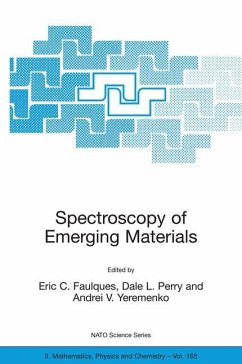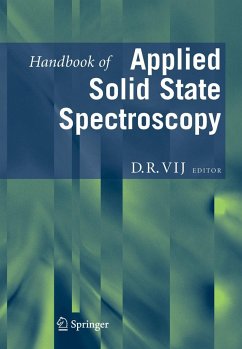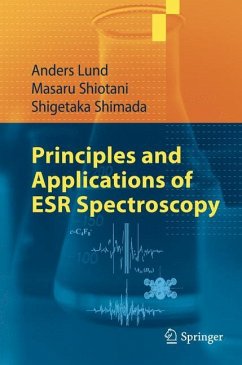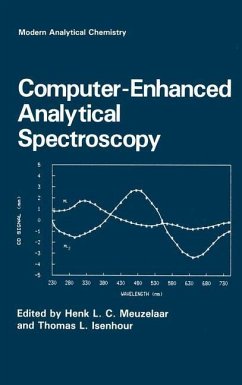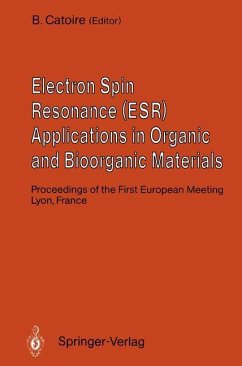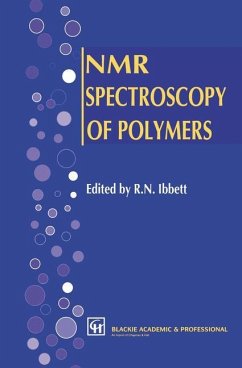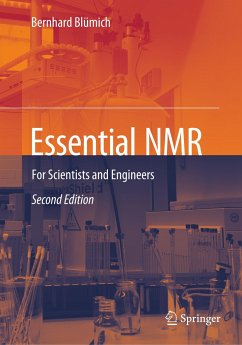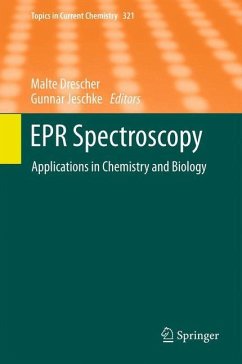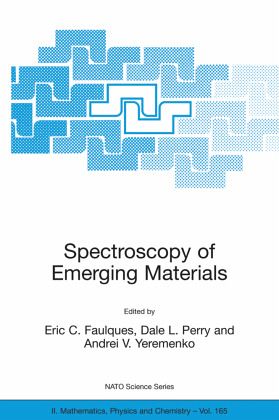
Spectroscopy of Emerging Materials
Proceedings of the NATO Arw on Frontiers in Spectroscopy of Emergent Materials: Recent Advances Toward New Technologies, Sudak, Crimea, Ukraine, from 14 to 18 September 2003.
Herausgegeben: Faulques, Eric C.; Perry, Dale L.; Yeremenko, Andrei V.
Versandkostenfrei!
Versandfertig in über 4 Wochen
304,99 €
inkl. MwSt.
Weitere Ausgaben:

PAYBACK Punkte
152 °P sammeln!
A comprehensive discussion of the key role of modern spectroscopic investigations in interdisciplinary materials science and engineering, covering emerging materials that are either absolutely novel or well-known materials with recently discovered, exciting properties.The types of spectroscopy discussed include optical, electronic and magnetic, UV-visible absorption, Rayleigh scattering, photoluminescence, vibrational, magnetic resonance, electron energy loss, EXAFS, XANES, optical tomography, time-resolved spectroscopy, and point contact spectroscopy. The materials studied are highly topical,...
A comprehensive discussion of the key role of modern spectroscopic investigations in interdisciplinary materials science and engineering, covering emerging materials that are either absolutely novel or well-known materials with recently discovered, exciting properties.
The types of spectroscopy discussed include optical, electronic and magnetic, UV-visible absorption, Rayleigh scattering, photoluminescence, vibrational, magnetic resonance, electron energy loss, EXAFS, XANES, optical tomography, time-resolved spectroscopy, and point contact spectroscopy. The materials studied are highly topical, with a focus on carbon and silicon nanomaterials including nanotubes, fullerenes, nanoclusters, metallic superconducting phases, molecular materials, magnetic and charge-stripe oxides, and biomaterials.
Theoretical treatments are presented of molecular vibrational dynamics, vibration-induced decay of electronic excited states, nanoscale spin-orbit coupling in 2D Si-based structures, and the growth of semiconductor clusters.
The types of spectroscopy discussed include optical, electronic and magnetic, UV-visible absorption, Rayleigh scattering, photoluminescence, vibrational, magnetic resonance, electron energy loss, EXAFS, XANES, optical tomography, time-resolved spectroscopy, and point contact spectroscopy. The materials studied are highly topical, with a focus on carbon and silicon nanomaterials including nanotubes, fullerenes, nanoclusters, metallic superconducting phases, molecular materials, magnetic and charge-stripe oxides, and biomaterials.
Theoretical treatments are presented of molecular vibrational dynamics, vibration-induced decay of electronic excited states, nanoscale spin-orbit coupling in 2D Si-based structures, and the growth of semiconductor clusters.





